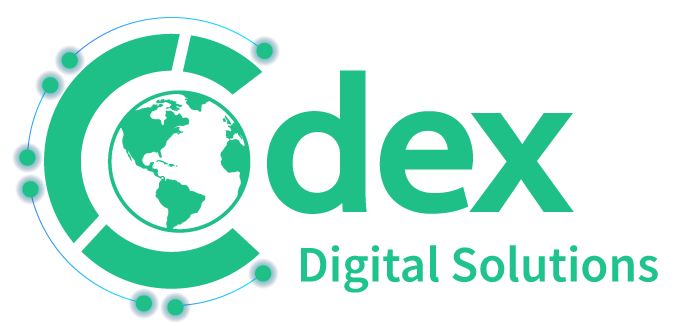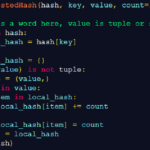
The Rise of AI Cheating in Classrooms
AI cheating in the classroom. Nearly two years ago, ChatGPT’s AI writing abilities sparked a significant debate in classrooms. Teachers and educators worldwide began grappling with a critical question: How can they determine if students genuinely authored their assignments? In response, many AI-powered services emerged, each claiming to detect and prevent AI-generated content. While these tools provided some relief, the challenge persisted as AI models became increasingly sophisticated.
Traditional Solutions Make a Comeback
AI cheating in the classroom. Today, even more services aim to outsmart AI cheaters. However, many teachers remain unconvinced that these high-tech solutions are foolproof. Instead of relying solely on digital tools, more educators are embracing a traditional approach: pen and paper. By removing modern technology—no phones, laptops, or Chromebooks—teachers are refocusing on students’ cognitive abilities and their own (biological, not silicon) memory.
Student Reactions to the Shift
My kids—one in a California middle school, the other in high school—are not thrilled about this shift. “My hand cramped up so much,” my eldest son complained after his AP World History course last year, where he had to handwrite all papers and tests due to concerns over AI misuse. The physical strain of writing by hand contrasted sharply with the ease of typing, making the process feel tedious and outdated. He also noted how much longer it took to complete assignments, adding to his frustration with the new approach.
My younger son had a similar reaction when I read him his middle-school science requirements for the 2024-25 school year. His teacher requires assignments to be handwritten before being typed up if necessary. She explained in a note to parents, “While AI offers significant potential benefits, middle-school students may not yet have the maturity or background to use it effectively.” This return to “ancient tech” reminds us that sometimes, the simplest solutions work best.






